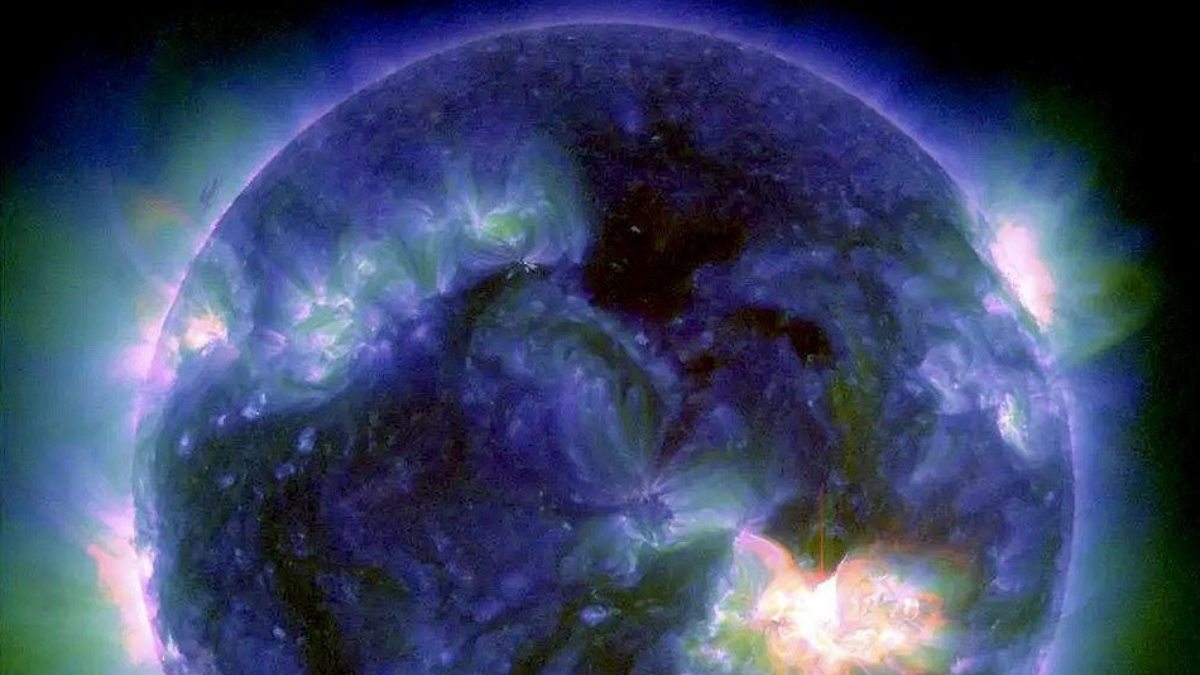A powerful solar storm, the most potent in over two decades, swept across Earth on Friday, treating onlookers to breathtaking auroras stretching from Tasmania to Britain. However, alongside the celestial show, concerns over potential disruptions to satellites and power grids loomed as the storm persisted into the weekend.
According to the National Oceanic and Atmospheric Administration (NOAA)’s Space Weather Prediction Center, the event began with the first of several coronal mass ejections (CMEs) around 1600 GMT. Later classified as an “extreme” geomagnetic storm, this marks the first such occurrence since the impactful “Halloween Storms” of October 2003.
Social media platforms buzzed with users sharing stunning images of auroras visible across northern Europe and Australasia. Witnesses marveled at the rare opportunity, with one Briton, Iain Mansfield, describing waking his children to witness the Northern Lights in their backyard.
The solar storm emanated from a colossal sunspot cluster, 17 times wider than Earth, as the Sun approaches the peak of its 11-year cycle of heightened activity. While primarily affecting the planet’s northern and southern latitudes, the storm’s ultimate reach remains uncertain, depending on its final intensity.
Experts advised seizing the chance to witness the spectacle firsthand. Mathew Owens, a space physics professor, urged people to look skyward, emphasizing the aurora’s spectacular nature. Additionally, with appropriate eye protection like eclipse glasses, observers may even spot the sunspot cluster during daylight hours.
However, alongside the marvel, authorities cautioned against potential disruptions. Fluctuating magnetic fields from geomagnetic storms pose risks to power grids, satellites, and even biological compasses in species like pigeons. Preparedness measures, including backup power sources and safety protocols, were recommended in anticipation of possible outages.






